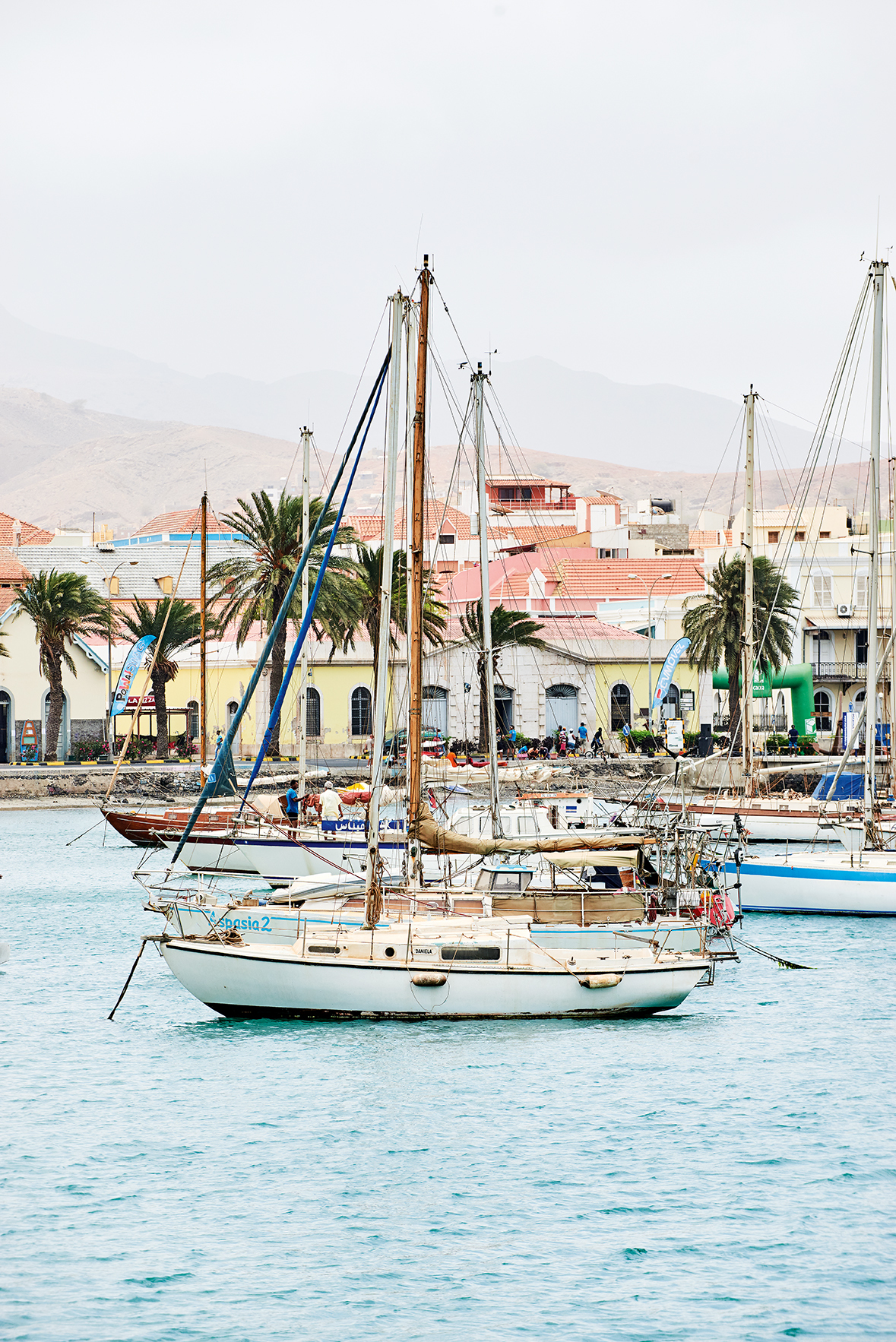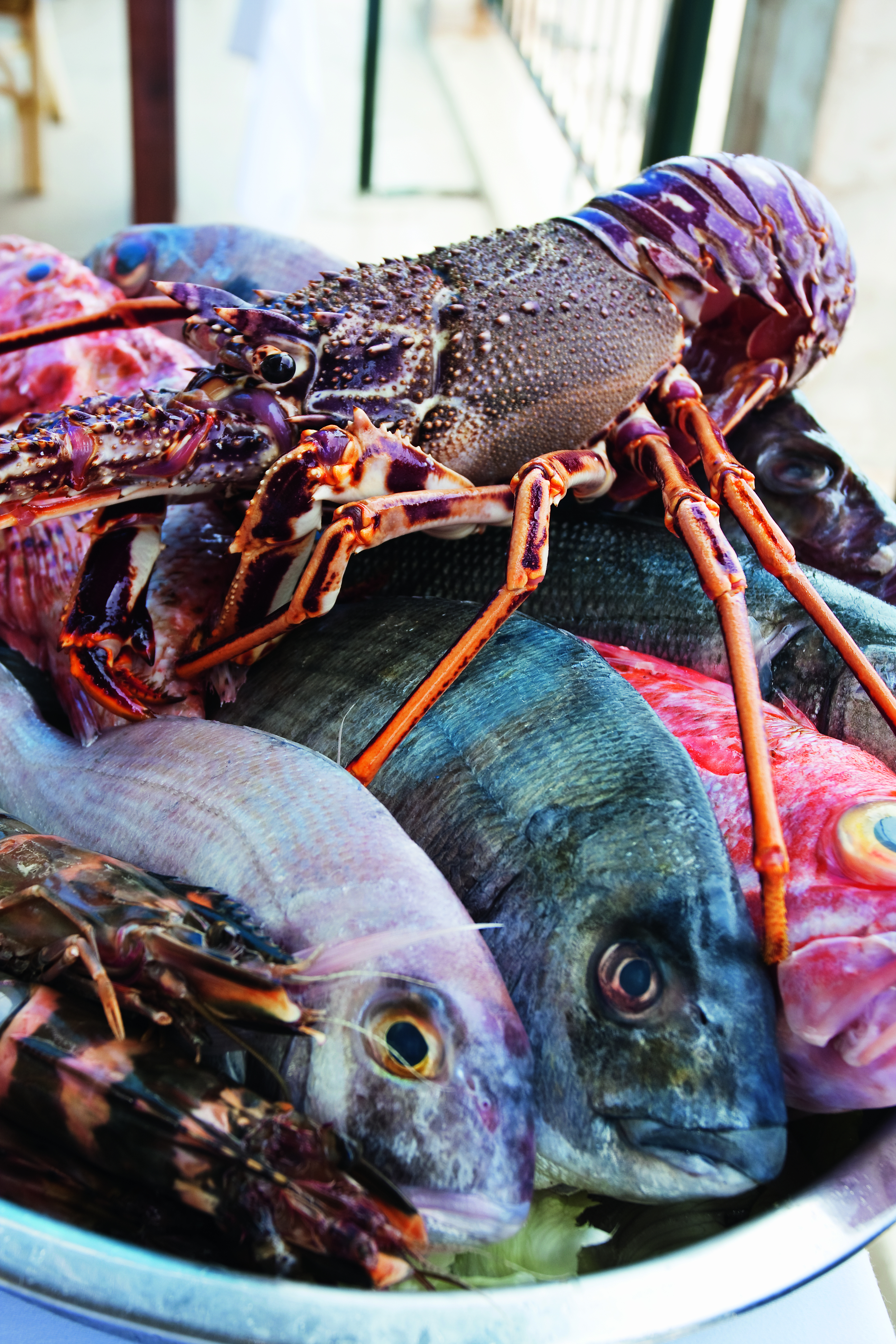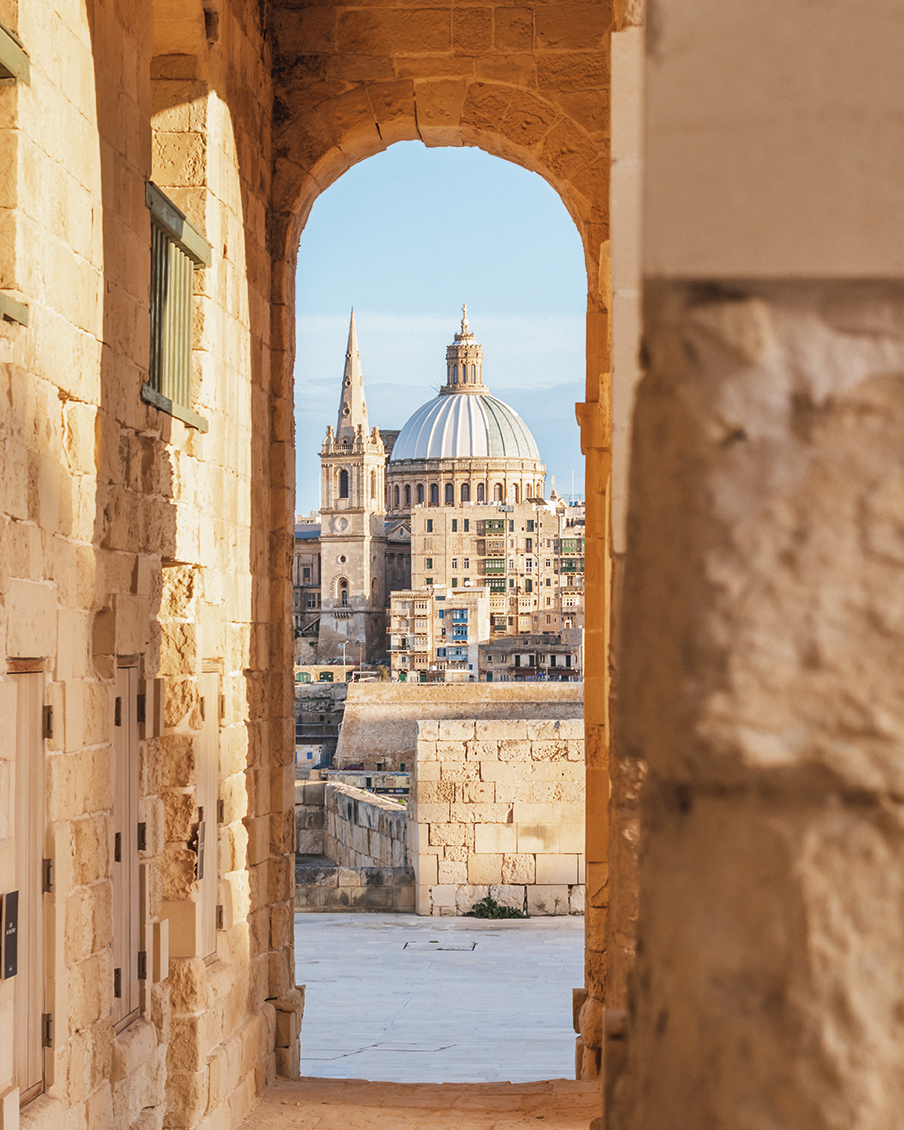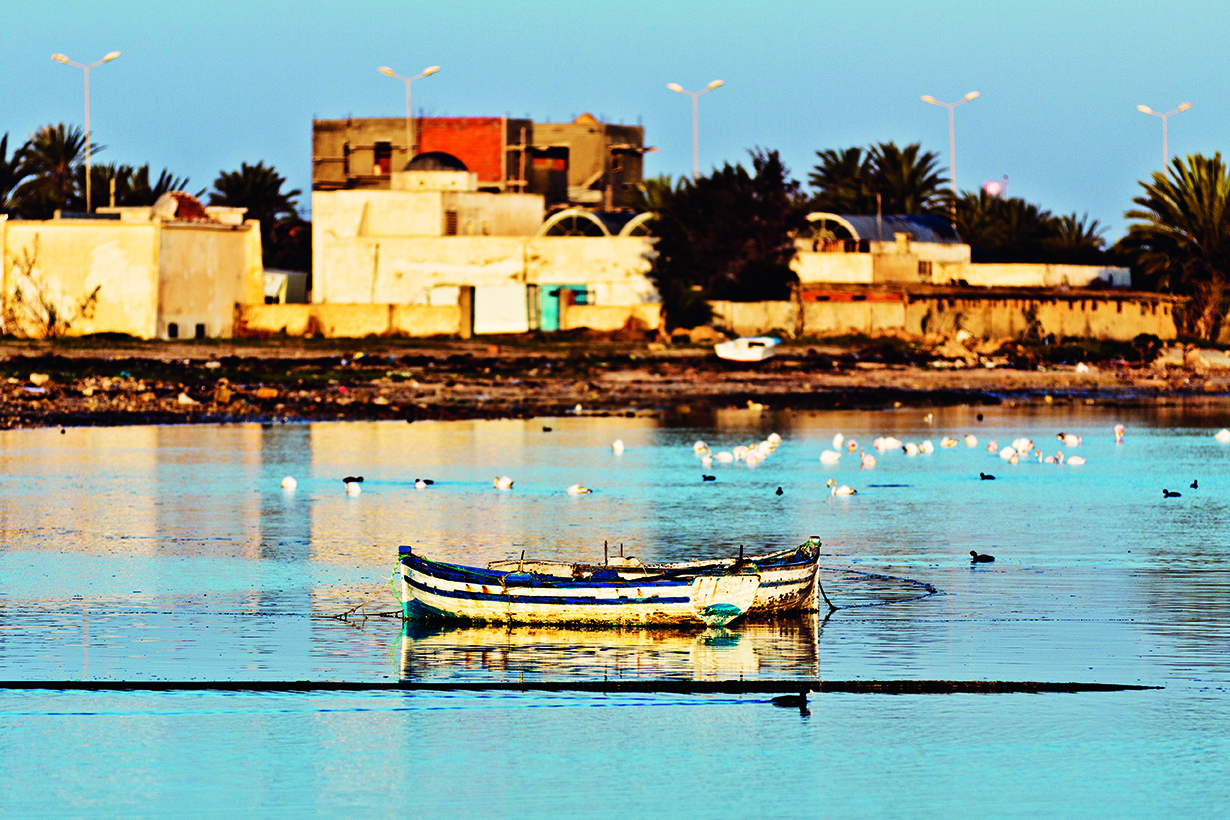Top destinations for late summer sun - Africa- Europe- Middle East
The nights might be drawing in, but sunny skies and beach days are still within easy reach. James Litston locates the top spots to lounge, hike or soak up history right now

The nights might be drawing in, but sunny skies and beach days are still within easy reach. James Litston locates the top spots to lounge, hike or soak up history right now
The seasonal shift towards winter is of little concern in Madeira. The island – an outpost of Portugal set adrift in the Atlantic Ocean – is known for having consistently spring-like weather all year round. Combined with dramatic cliffs and mountains, evergreen gardens and abundant sea life, it’s no wonder that the archipelago to which it belongs is called Macaronesia: a name that translates rather lyrically as Fortunate Isles.
The subtropical climate enjoyed by Madeira and its sister islands (sleepy Porto Santo and the uninhabited Desertas archipelago) certainly makes for balmy temperatures; but this is not a place for typical fly-and-flop sunshine holidays. Madeira’s appeal lies more in its verdant interior criss-crossed by hiking trails, enhanced with a laid-back Portuguese zest for life. That same Iberian flair finds its way into the island’s cuisine, so expect to find soups, stews and other staples you recognise from the mainland, all given an island twist through local ingredients such as lapas (limpets) and ferocious-looking espada (scabbard fish). Order the latter served the traditional Madeiran way along with a sweet-but-savoury sauce of banana and passion fruit.
Other specialities you won’t want to miss include prego no bolo de caco (a hearty steak sandwich using bread baked on hot coals); and delicious carne vinha d’alhos, made with pork, white wine and spices, then left to marinate awhile before cooking. Find all this and more in restaurants all over Funchal, the main town – and be sure to visit Mercado dos Lavradores, a covered farmers’ market with painted-tile panels where you’ll meet farmers and producers proudly displaying the best of the island.

When a country names its capital Praia – the Portuguese word for beach – it’s fair to assume this might be a good destination to head for a sunshine-filled break. And so it is with Cape Verde: a scattering of volcanic specks some 400 miles off the coast of Senegal. Located on Santiago, the largest in this island group, both Praia and the former colonial capital, Cidade Velha, give an inviting glimpse into a culture blending Portuguese and Creole heritage along with lively West African spirit.
Santiago has its share of beaches, but the main resorts are on nearby Sal (a centre for sea salt production) and Boa Vista. Here you’ll find golden sands shelving gently into an aquamarine sea, plus numerous hotels and other facilities for uncomplicated sunshine escapes. Accommodation tends to err more towards functional than fancy (all-inclusives are big here) but with temperatures around the high 20sC all through the winter months, who’s quibbling about five-star deluxe?
Beyond the beach, there are shipwrecks to explore on diving and snorkelling excursions, plus watersports such as kite surfing (conditions are best from November to April). To mix things up, there’s always the option of hopping between islands by ferry or flight, or even chartering a fishing boat to make your own adventure. But wherever you head, you’ll find rugged hinterlands and memorable hikes on volcanoes in varying stages of slumber or activity. Check out surprisingly green and far less touristy Santo Antão, for example, or take a stroll on the slopes of stillsmouldering Fogo’s conical peak. After, splash out on a seafood supper and tap your toes to the sound of morna – a lilting, rhythmic melody that’s Cape Verde’s signature sound.

Mallorca, Ibiza and their Balearic neighbours are awash with sun-seeking travellers during the summer months; but the crowds soon disperse as soon as schools go back. This makes autumn one of the most enjoyable times of year to visit, with dependable weather and stacks to see and do across the islands.
While Ibiza’s beach bars may begin to wind up after a busy season, waning temperatures lend themselves to exploring Dalt Vila, the fortified old town hiding behind 16th-century city walls, and the White Isle’s sleepier stretches of pine forest lend themselves to peaceful exploration. In Menorca, meanwhile, the beaches and coves (there are more here than in Ibiza and Mallorca combined) come into their own once the crowds have departed. This is also the ideal time to hike and cycle through countryside dotted with dry-stone walls and standing stones that date from the Iron Age. Don’t be surprised to spot wild tortoises as you adventure; and on your return be sure to celebrate any exertions with a pomada (Menorcan gin cocktail).
There’s more hiking to be found in Mallorca, the largest Balearic isle. The go-to spot here is the World Heritage-listed Tramuntana mountain range, whose villages are connected with trails. Chief among these is the Dry-Stone Route, whose limestone paving slabs are polished through centuries of use. Mallorca also comes with the prospect of one of Europe’s best city breaks in Palma, the capital of both the isle and archipelago. Explore its gothic cathedral, city walls and Moorish palace, then retreat to one of the many townhouses reborn as chic boutique hotels.

For an archipelago that records 300 sunny days each year, there’s a good bet that clear blue skies will bless a late-season trip to Malta. Lying in the southern Med between Sicily and North Africa, this island nation – that’s Malta, Gozo and practically uninhabited Comino – enjoys a summer that usually lasts well into November.
Most of the action is on the main island, including its pint-sized capital, Valletta, and the historically rich fortified settlements known as Three Cities. Beyond baroque masterpieces such as the sublime St John’s Co-Cathedral, Valletta brims with bars and restaurants tucked away on pedestrian streets. Don’t miss the street stalls selling pastizzi (pastries filled with cheese or crushed peas) and, better still, imqaret: sweet biscuity snacks made with dates. And for something really memorable, head south to the likes of Marsaxlokk for a seafood supper on the waterfront, watching brightly painted luzzu boats bob about in the harbour.
If you just want to kick back in the sun, the real appeal lies on the Maltese Islands’ beaches. Ghadira Bay in the north has one of the longest sandy stretches, while Golden Bay in the west also ticks all the boxes. On Gozo, Ramla Bay has unusual red-tinged sand and a cavern where, according to legend, Odysseus spent seven years cavorting with Calypso. Outshining these swimming spots, though, is the Blue Lagoon, a patch of cobalt and sapphire on Comino. Discoveries elsewhere might include wreck-dives, prehistoric temples or cliff-top hikes. But there’s a catch: when it’s finally time to head home to winter, there’s every chance that – as Odysseus found – it’s a genuine struggle to leave.

Summer’s passing may be something to mourn in Britain, but a break from months of real baking heat is a breath of fresh air on the Arabian Peninsula. October ushers in the best time of year to visit the Sultanate of Oman, when it’s warm, dry and (in the south) the monsoon fogs have lifted.
Sultry Oman is a mix of all the Middle East’s best elements. A class act with authentic Arabian culture, this is a land of fragrant, buzzy souks, wild mountains and vast desert skies overflowing with stars. Flanking it all to north, east and south is the Arabian Sea: an offshoot of the Indian Ocean with coral reefs, turtles, dolphins and humpback whales.
The capital, Muscat, is the country’s main gateway and most visitors’ first port of call. While here, lose yourself in souks scented with myrrh and frankincense, wander the waterfront Corniche and visit the landmark Sultan Qaboos Grand Mosque.
With this being a nation so rooted in seafaring, it’s essential to take a day-trip on a dhow: those wooden sailing ships on which Oman established a vast trading empire. That legacy – and Oman’s position at the intersection of spice-trading routes – has bequeathed a cuisine with traces of Arab, Ottoman, Iranian, South Asian and African influences. Breakfast here might feature bagla (a fava-based dish that’s usually eaten with vegetables, eggs and fresh-baked bread); and be sure to sample majboos: a mix of saffron-infused rice served with flavourful, well-spiced, grilled meat.
Beyond Muscat, there are wadis, forts and age-old traditions to discover, plus of course you’ll be wanting to engage with those sandy shores on the Gulf of Oman. And, with luxury resorts from the likes of Shangri-La, Six Senses and legendary The Chedi, this is how to extend your summer in exemplary style.

Its beach resorts may best be known for their package holidays, but Tunisia merits much more than a bucket-and-spade reputation. After all, this North African country serves up Mediterranean shores tinged with Berber traditions and more than a dash of fascinating history. It’s a place replete with Roman ruins and crumbling temples lost to the desert, foremost the city of Carthage and the amphitheatre of El Jem: a magnificent, 35,000-capacity arena that featured (in CGI form, at least) in the movie Gladiator. Then there are age-old medinas that echo with calls to prayer – it all brings balance to lazy days relaxing on caramel sands.
The main resort areas of Hammamet and Sousse provide easy access to cultural immersions at souks, museums and bustling medinas for a glimpse into everyday life. Tunis, the capital, also thrills with its atmospheric city centre, whose sights include mosques and Cathedral of St Vincent de Paul. Best of all, though, is the Bardo National Museum: its treasures include mosaics, sculptures and jewels that trace their way through a colourful past.
Also worth a visit is the Municipal Market and its stalls piled high with olives and dates; and don’t miss snacking on bite-sized brik pastries or heartier dishes such as couscous with spiced fish or lamb, accompanied with cups of sweet mint tea. Mix things up further with an excursion into the empty and forbidding Sahara by quad bike, jeep or camel; or even go full Berber and spend a night camped out in the desert, feasting beneath endless stars.

Subscribe and view full print editions online... Subscribe